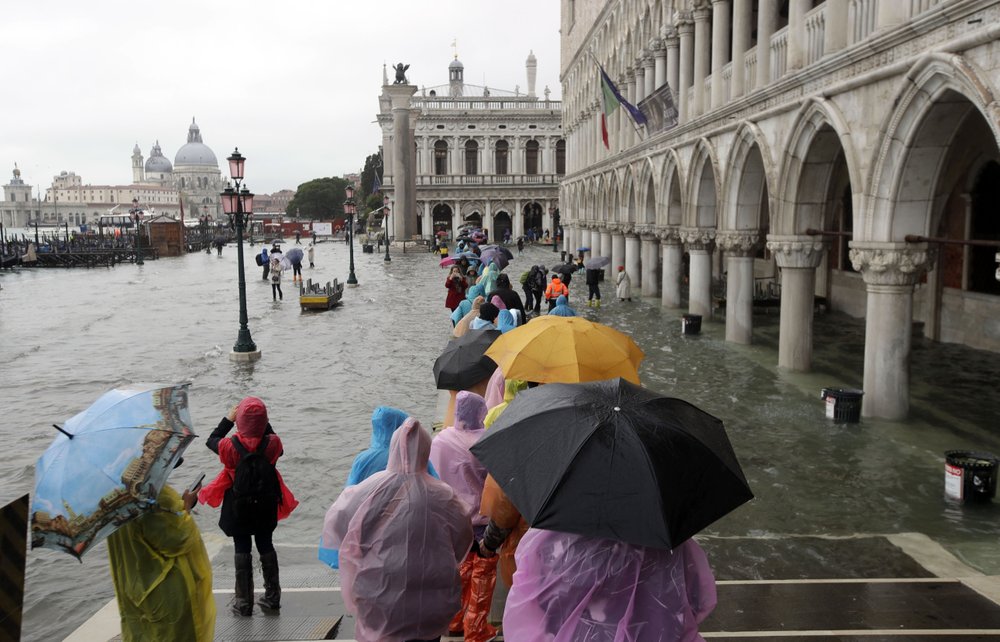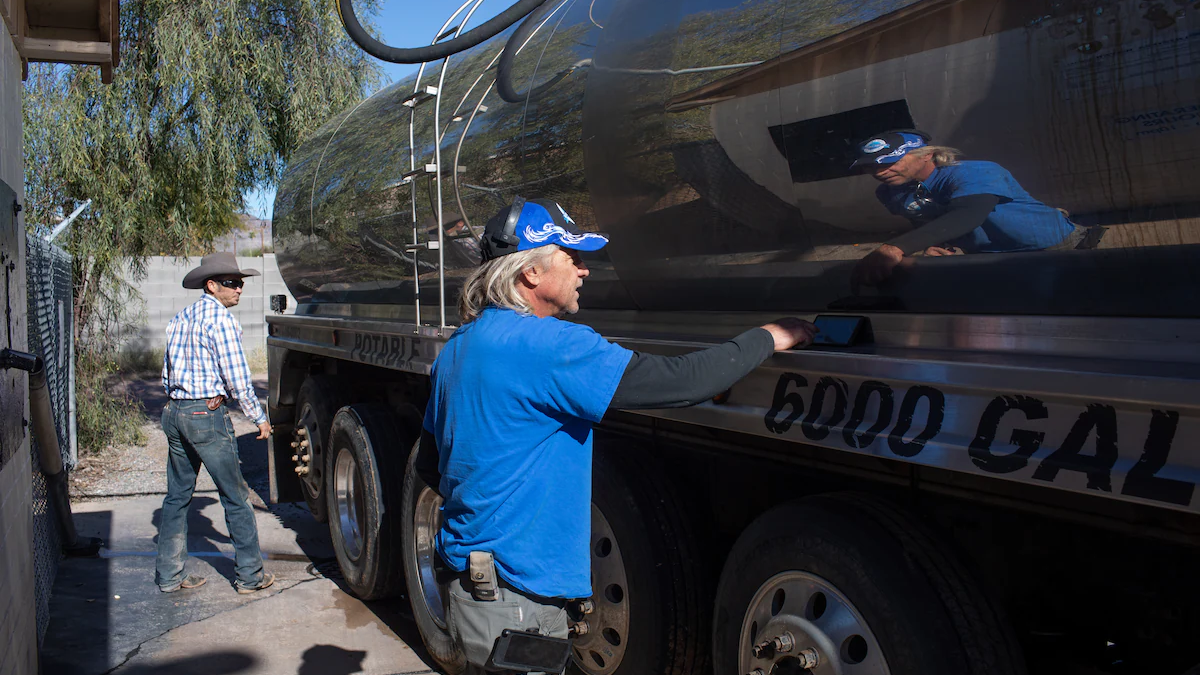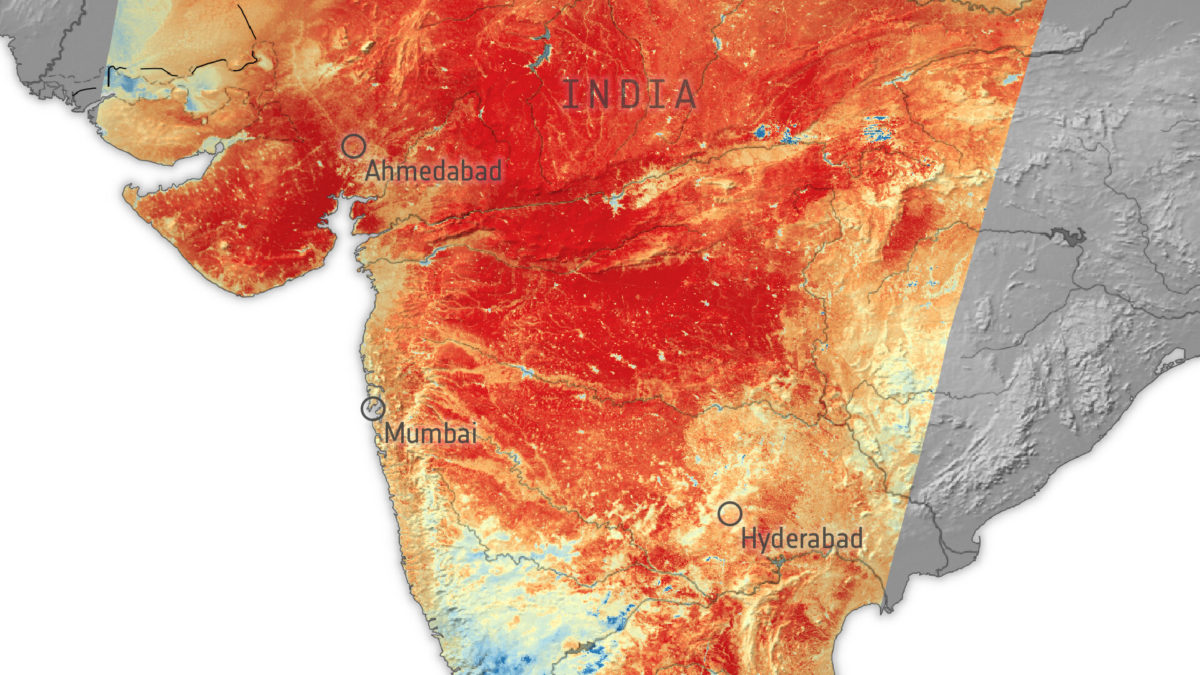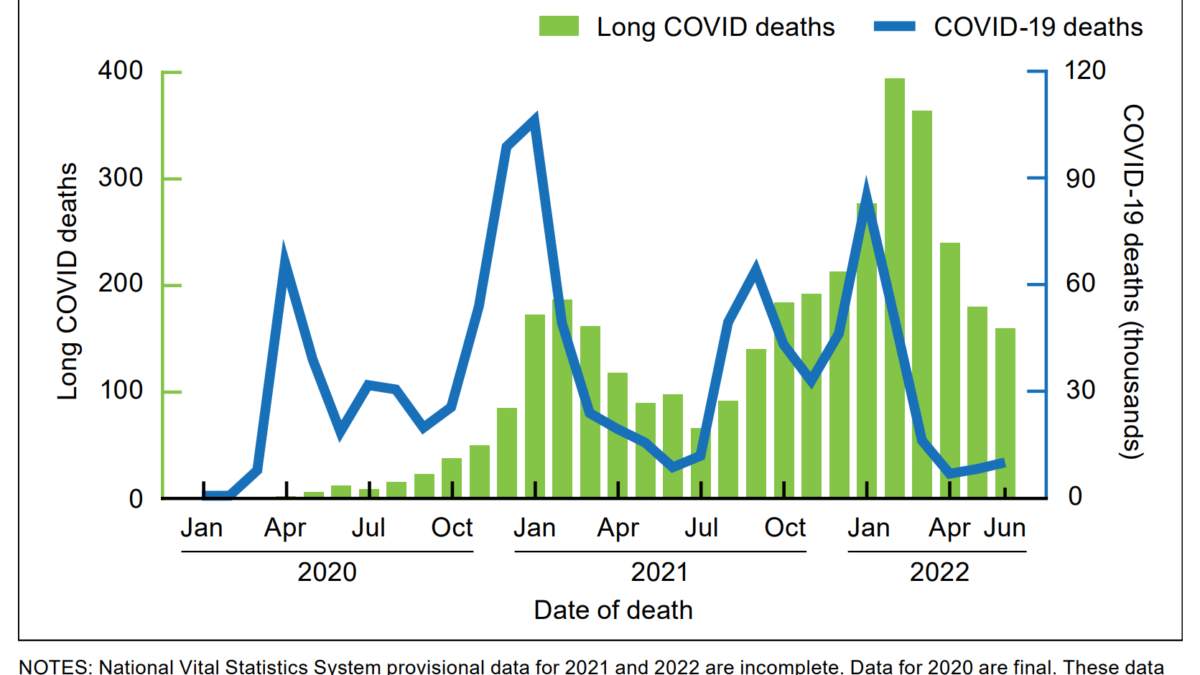Venice is drowning. It’s a warning of what’s to come.

By Editorial Board
15 November 2019
(The Washington Post) – Venice has always been linked closely with the water that surrounds it. The city is thought to have been founded by refugees seeking protection from Germanic invaders by sheltering in the northwestern Adriatic Sea’s islands and marshes. By the 12th century, the doge would annually drop a ring into the Adriatic to symbolically wed the sea. The Venetian merchant republic ruled the Mediterranean shipping trade for centuries, and the wealth it generated funded the construction of a glittering metropolis on piles driven into the city’s lagoon.
But Venice is sinking, and the seas are rising — and never before has the water seemed so close. Some 85 percent of the city flooded this week as the highest tidewaters in more than 50 years inundated its historic core. A viral video caught a man swimming through St. Mark’s Square, site of the Doge’s Palace, the city’s iconic campanile and the 11th-century St. Mark’s Basilica. In its hundreds of years, the basilica has flooded only six times. Two of those times came in the past two years.
Venice’s problems stem from more than just the audacity of those who built a major settlement on a shallow lagoon. The ground below the city is shifting as the aquifer below the lagoon depletes. Meanwhile, man-made climate change is boosting sea levels steadily and promoting extreme weather. Virginia’s Hampton Roads, home to some of the United States’ most important military installations, faces a similar dual threat of sinking land and rising seas, resulting in major flooding problems in naval drydocks and other critical infrastructure.

For coastal areas contending only with climate-related sea-level rise, sinking Hampton Roads and Venice are warnings of what is in store when water levels get increasingly ahistorical. Shoreline development that once faced only occasional risk will be inundated more and more often. Communities will have to face the dilemma of retreating from the coast or spending huge amounts of money trying to engineer protections.
In Venice’s case, there is no choice at all. Less a modern city than an open-air museum, Venice cannot be surrendered to the sea, despite expert projections that the city will be entirely submerged by 2100. [more]


